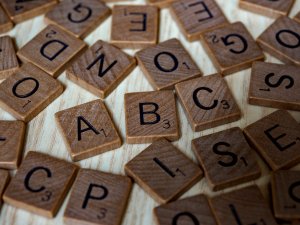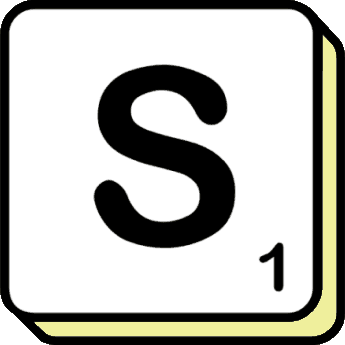The Schwa and the Unstressed Vowel
Author: Brian Bowman
Date Published: 28 February 2024
Language is a beautiful and intricate tapestry woven with sounds, and at the heart of this symphony lies a fascinating element often overlooked - the unstressed vowel. While stressed vowels may steal the spotlight, it's the unstressed ones that contribute significantly to the rhythmic cadence and melodic flow of speech. In this exploration, we delve into the world of unstressed vowels, unraveling their role, characteristics, and the nuanced dance they perform within the linguistic landscape.

The Nature of Unstressed Vowels
Unstressed vowels, as the name suggests, are vowel sounds uttered with less force or emphasis compared to their stressed counterparts. In the realm of linguistics, stress refers to the prominence or emphasis placed on certain syllables within a word or words within a sentence. When a syllable is stressed, its vowel tends to be more pronounced in terms of length, pitch, and quality. In contrast, unstressed vowels take on a subtler role, often undergoing transformations that shape the overall rhythm of speech.
Reduced Vowel Quality
One of the hallmark features of unstressed vowels is their tendency to undergo a reduction in quality. This reduction often manifests as a neutralization of vowel sounds, resulting in a more central and less distinct articulation. For example, the English word "banana" highlights this phenomenon, with the second and third syllables containing unstressed vowels that may sound more like a central schwa (/ə/) rather than distinct vowel sounds.
Shortened Duration
Time plays a crucial role in the symphony of language, and unstressed vowels contribute to this temporal dance. Generally, unstressed vowels exhibit a shorter duration compared to stressed vowels. This phenomenon, known as vowel reduction in duration, helps maintain the rhythmic flow of speech, preventing certain syllables from dominating the temporal landscape.
Neutral Pitch
Pitch, or the perceived frequency of a sound, is another parameter influenced by stress patterns. Unstressed vowels often exhibit a lower or more neutral pitch compared to their stressed counterparts. This neutrality contributes to the ebb and flow of speech, creating a dynamic and engaging sonic experience.
The Schwa Sound
If there's a star among unstressed vowels, it's undoubtedly the schwa (/ə/). Often referred to as the "neutral vowel," the schwa is a central, mid, and unrounded vowel sound that frequently emerges in unstressed syllables. Its versatility makes it a default choice in many languages, contributing to the seamless and fluid nature of unstressed vowel pronunciation.
Elision and Weakening
In the hustle and bustle of everyday speech, unstressed vowels may undergo elision or weakening. Elision involves the dropping or omission of certain sounds, including unstressed vowels, especially in rapid or informal speech. This linguistic shortcut not only simplifies pronunciation but also adds an element of efficiency to communication.
The Role of Unstressed Vowels in Prosody
Prosody, the rhythm, melody, and intonation of speech, relies heavily on the interplay between stressed and unstressed elements. Unstressed vowels act as the unsung heroes of prosody, contributing to the overall musicality of language. The alternation between stressed and unstressed syllables creates a rhythmic pattern that distinguishes languages and dialects.
Conclusion
As we navigate the intricate terrain of linguistic expression, it becomes evident that unstressed vowels play a pivotal role in shaping the cadence and rhythm of speech. Their subtle transformations, from reduced vowel quality to shortened duration, contribute to the rich tapestry of language. So, the next time you engage in conversation, take a moment to appreciate the nuanced dance of unstressed vowels, the silent architects of linguistic melody.
